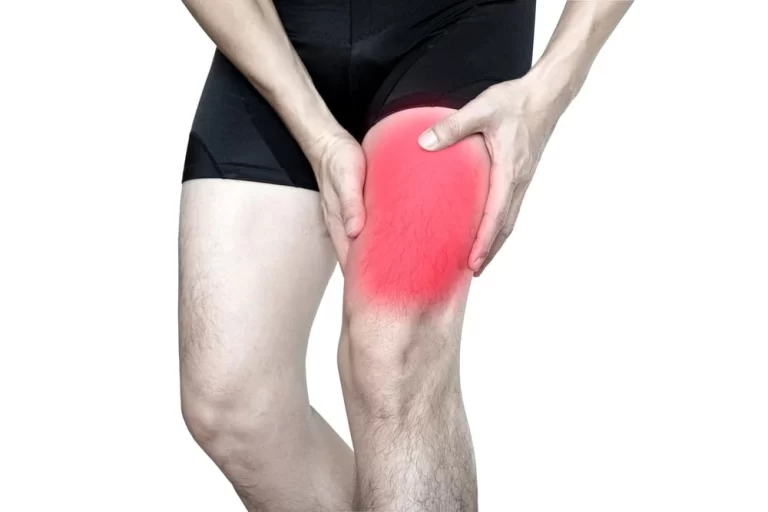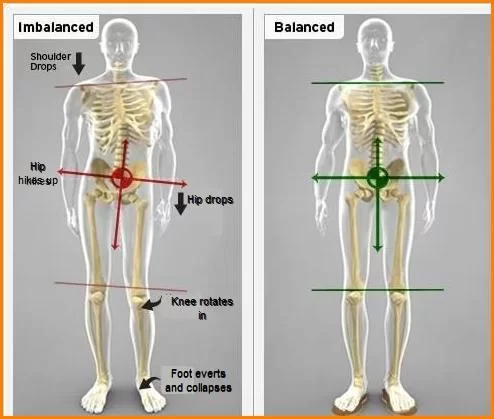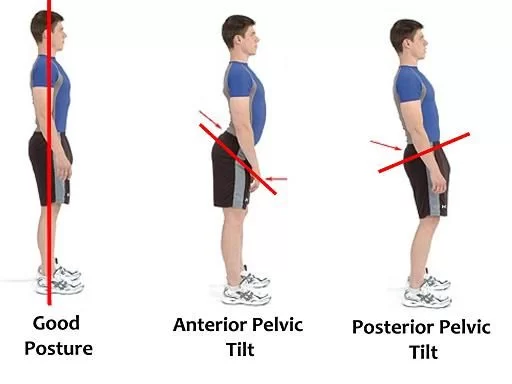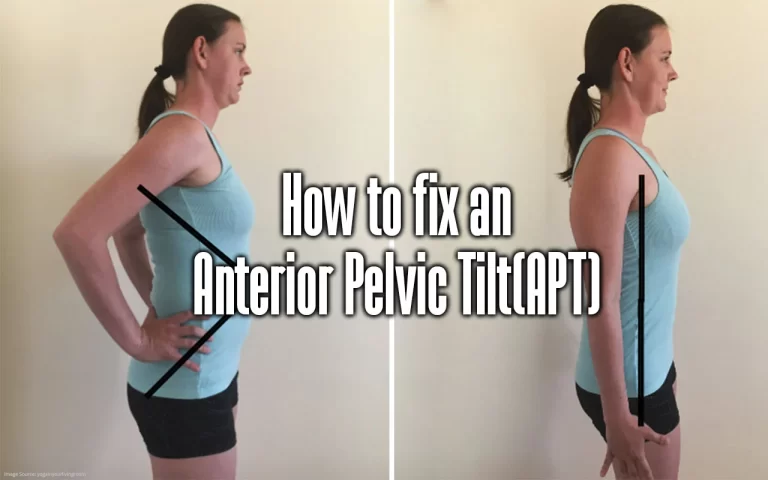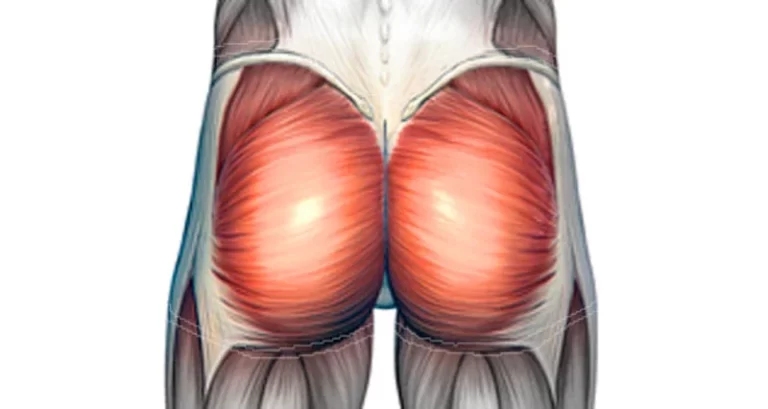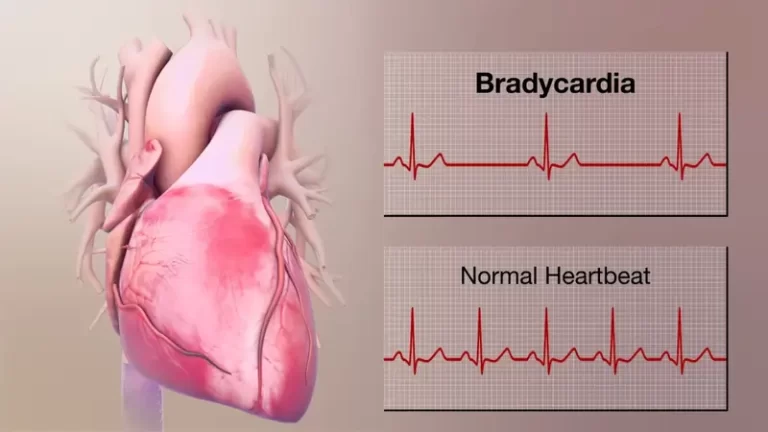Quadriceps Strain
What is a Quadriceps Strain? A quadriceps strain refers to an injury that affects the quadriceps muscles, a group of four muscles located at the front of the thigh. These muscles play a crucial role in various leg movements, including extending the knee and flexing the hip. A strain occurs when the fibers of the…

